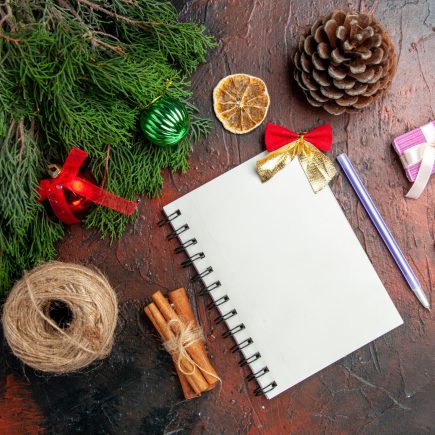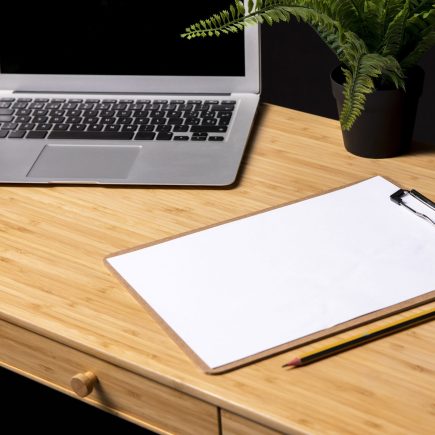When setting up a raised garden bed with legs, choosing the right materials for the bottom layer is crucial for the health and growth of your plants. It’s not just about aesthetics—each layer plays a key role in maintaining proper drainage, preventing pests, and ensuring your soil stays intact.

1. Key Considerations Before Choosing Materials
Before selecting materials for your raised bed bottom, there are several factors to consider.
Raised Bed Height and Placement
The height of your raised garden bed and its placement will affect the type of material you should use. For example, a raised bed placed in an area with heavy rainfall will require better drainage, whereas one placed in a dry area may need additional moisture retention.

If you’re planning on using a bed like the Outsunny 3′ x 1′ Raised Garden Bed, which features a solid wood structure and built-in drainage holes, the material at the bottom should complement its design by preventing soil wash-out while supporting proper drainage.
Desired Balance Between Durability, Cost, and Eco-Friendliness
Different materials vary in cost and longevity. While some materials like treated wood and gravel are durable, they may come at a higher cost. Others, such as recycled plastic or biodegradable options, may be more affordable and eco-friendly.

Take the Outsunny Galvanized Raised Garden Bed with its robust steel construction. This type of material provides excellent durability and weather resistance, making it ideal for gardeners looking for a long-lasting solution without frequent maintenance.
2. Primary Needs for Raised Bed Bottoms
Every raised bed serves three primary functions: drainage, soil retention, and pest control. The material at the bottom should meet all of these needs efficiently.
1. Drainage: Materials for Effective Water Flow
Proper water drainage is essential for plant health. Materials like landscape fabric, gravel, or mesh are perfect for allowing water to flow while keeping your soil intact.
2. Soil Retention: Preventing Soil Wash-out Without Blocking Water
While allowing water to drain is important, it’s equally important to keep the soil from washing out of the bed. Materials like burlap, weed barriers, or even cardboard help to hold the soil in place while still ensuring water can pass through.
3. Pest Control: Keeping Critters Away from Your Plants
To prevent pests like gophers and rabbits from invading your raised garden bed, it’s essential to use materials that form a physical barrier. Hardware cloth or fine mesh at the bottom can effectively keep critters out while maintaining proper drainage.
3. Best Materials for Drainage
Proper drainage is one of the most critical factors in ensuring a thriving garden. Here are the best materials to use for drainage at the bottom of your raised garden bed.
Landscape Fabric: Lightweight and Permeable

Landscape fabric is an excellent choice for drainage. It allows water to pass through while holding the soil in place. It’s lightweight, easy to install, and helps prevent weed growth. The Wooden Raised Garden Bed, Elevated Planter Box with Legs features landscape fabric with its design, which helps prevent waterlogging and keeps your garden healthy.
Gravel: Aids in Water Flow
Gravel is often used as a base layer to promote water drainage. It creates small gaps through which water can easily escape, preventing water buildup in the soil. For large raised garden beds, gravel works well when layered on the bottom, as seen in the Outsunny Galvanized Raised Garden Bed.
Mesh or Hardware Cloth: Prevents Waterlogging and Critter Damage
Mesh or hardware cloth is a great option for those looking to protect their plants from pests while maintaining proper drainage. The tight weave keeps out critters while allowing water to flow freely.
4. Pest Control and Protection
Hardware Cloth and Fine Mesh for Critter Protection
Hardware cloth, made from galvanized steel, offers an effective barrier against pests like gophers, rabbits, and squirrels. It prevents these pests from burrowing into your raised garden bed and damaging your plants.

A product like the Outsunny Raised Garden Bed with 8 Grids and Storage Shelf comes with drainage holes and a sturdy structure, making it an ideal choice for preventing pest invasions while promoting healthy plant growth.
Benefits of Stainless Steel Gopher Mesh
For serious pest problems, stainless steel gopher mesh is a durable solution. Its fine weave keeps small critters out, while still allowing water to drain away. This is especially useful for gardeners in areas with persistent rodent problems.
5. Soil Retention Solutions
Retaining soil is critical for ensuring that the soil doesn’t wash out, especially during heavy rains or watering. Here are some solutions that can help:
Burlap or Weed Barriers
Burlap is a biodegradable, natural fabric that retains soil and prevents it from washing out. It also allows for good water drainage. Weed barriers made of similar materials also serve the same purpose and are effective in preventing weed growth while maintaining soil integrity.
Landscape Fabric for Weed Suppression

Landscape fabric, when used as a bottom layer, serves two purposes: it helps retain soil and suppresses weed growth. It allows for proper drainage and helps keep the soil intact while preventing the growth of unwanted weeds. The Outsunny 4-Tier Raised Garden Bed is an excellent choice if you’re looking for a bed with integrated weed suppression features and effective water drainage.
6. Eco-Friendly Options
If you’re passionate about gardening sustainably, you may want to consider eco-friendly options for your raised bed’s bottom layer.
Biodegradable Materials: Burlap, Untreated Wood, and Leaves
Burlap and untreated wood are biodegradable and compostable. These materials will break down over time, enriching the soil. Using leaves and pine needles as filler is another eco-friendly option that can also provide additional organic matter for your garden.
Recycled Plastics
For a more sustainable and long-lasting option, recycled plastics are an excellent choice. They can be used to line the bottom of your raised bed and are resistant to water damage.
7. Cost-Effective Solutions for Budget Gardeners

Gardening on a budget doesn’t mean sacrificing quality. There are several cost-effective solutions for building the bottom layer of your raised garden bed.
Cardboard Layers as a Low-Cost Weed Barrier
Cardboard is an affordable and effective way to block weeds and retain soil. Simply place a layer of cardboard at the bottom of your raised bed before adding soil. This material also degrades over time, adding organic matter to your garden.
Using Yard Scraps for Filling
Leaves, pine needles, and other yard scraps can serve as a low-cost filler for the bottom of your raised bed. Not only are they budget-friendly, but they also contribute valuable organic matter to your soil.
8. Durability and Longevity
When selecting materials for the bottom layer of your raised bed, it’s important to consider how long they’ll last. Some materials are more durable than others, and selecting the right one can save you money in the long run.
Treated Wood or Composite Materials

Treated wood and composite materials are durable and can withstand the elements. These materials are resistant to rot and decay, ensuring your raised bed remains sturdy year after year. Outsunny’s Raised Garden Bed Wooden Plant Stand is made of solid fir wood, which offers durability and stability for your garden.
Plastic Liners and Drainage Holes
Plastic liners help protect the structure of your raised garden bed by preventing soil from washing away. They also allow for easy water drainage. Be sure to add drainage holes to ensure proper water flow.
9. Aesthetic Considerations for Your Garden
Your garden bed should be as visually appealing as it is functional. Consider these design tips when selecting materials for your raised bed:

Selecting Visually Pleasing Materials
Materials like untreated wood or recycled plastic can give your raised bed a natural, rustic look. These materials blend well with most garden styles, from modern to traditional.
Choosing the right materials for the bottom of your raised garden bed with legs is essential for creating a healthy, thriving garden. Whether you’re looking for better drainage, soil retention, pest protection, or eco-friendliness, there are plenty of options to suit your needs.
FAQs
1. How do I choose the right material for a raised bed in a wet climate?
In wet climates, focus on materials that promote drainage, like landscape fabric or gravel. These options allow water to flow freely, preventing waterlogging. Combine them with a raised bed design that supports proper drainage.
2. What is the most cost-effective solution for the bottom of a raised garden bed?
Cardboard or yard scraps like leaves and pine needles are budget-friendly options. These materials help retain soil and prevent weeds while adding organic matter over time. They decompose naturally and improve the soil quality.
3. How can I prevent my soil from washing away in heavy rain?
To prevent soil wash-out, use materials like burlap or weed barriers at the bottom of your raised bed. These materials hold the soil in place while allowing for proper water drainage. They provide both soil retention and effective drainage.
4. What are eco-friendly options for the bottom of a raised garden bed?
Burlap, untreated wood, and leaves are all biodegradable options that enrich the soil over time. These materials break down naturally, offering an environmentally friendly solution for garden bed foundations. Consider these for a sustainable garden setup.
5. How do I handle pest problems in my raised garden bed?
Install hardware cloth or fine mesh at the bottom of the bed to create a barrier against pests. These materials prevent rodents and other critters from accessing the bed while allowing for water drainage. It’s an effective, long-term pest control solution.






















